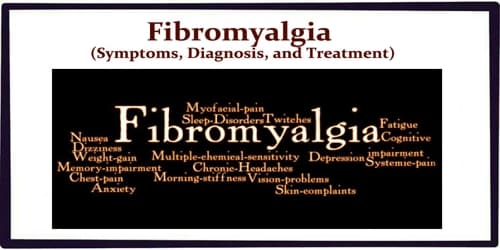Nanozymes are synthetic materials that imitate the features of natural enzymes for biomedical and chemical engineering applications. They are widely regarded as being too hazardous and costly for use in agricultural and food research. Researchers at the University of Illinois Urbana-Champaign have created an organic, non-toxic, ecologically friendly, and cost-effective nanozyme. They detail its properties and its ability to detect the presence of glyphosate, a prevalent agricultural herbicide, in a recently published research. Their ultimate goal is to develop a user-friendly test kit for consumers and agricultural producers.
“The term nanozyme is a combination of nanomaterial and enzyme.” “About 15 years ago, researchers discovered that iron oxide nanoparticles may perform catalytic activity similar to natural enzymes (peroxidase),” explained Dong Hoon Lee, a doctoral student in the Department of Agricultural and Biological Engineering (ABE), which is part of the College of Agricultural, Consumer and Environmental Sciences (ACES) and The Grainger College of Engineering at the University of Illinois.
These nanozymes mimic the function of peroxidase, an enzyme that catalyzes substrate oxidation using hydrogen peroxide as an oxidizing agent. They outperform natural peroxidase in terms of stability and cost, and they are widely employed in biomedical research, including biosensors for detecting target molecules in disease diagnostics.
Our research group is pioneering the development of fully organic compound-based nanozymes which exhibit peroxidase-like activities. The OC nanozyme follows the catalytic activity of the natural enzyme but is predominantly based on agriculture-friendly organic compounds, such as urea acting as a chelating-like agent and polyvinyl alcohol as a particle stabilizer.
Dong Hoon Lee
“Traditional nanozymes are created from inorganic, metal-based materials, making them too toxic and expensive to be directly applied on food and agriculture,” Lee said.
“Our research group is pioneering the development of fully organic compound-based nanozymes (OC nanozymes) which exhibit peroxidase-like activities. The OC nanozyme follows the catalytic activity of the natural enzyme but is predominantly based on agriculture-friendly organic compounds, such as urea acting as a chelating-like agent and polyvinyl alcohol as a particle stabilizer.”
For target molecule detection, the researchers additionally used a colorimetric sensing device combined with the OC nanozyme. Colorimetric assays, an optical sensing approach, employ color intensity to measure the concentration of certain molecules in a sample, with darker or lighter colors indicating a lower or higher concentration of target molecules. Within their kinetic profile with molecule detection performance, the organic-compound nanozyme performed on par with nanozymes often utilized in biosensing applications.

“Traditional nanozymes have a number of drawbacks, including toxicity, slow degradation, and a complicated manufacturing process.” In contrast, our nanozyme is more cost-effective, non-toxic, and ecologically benign,” said Mohammed Kamruzzaman, ABE assistant professor and study co-author.
Lee and Kamruzzaman employed an OC nanozyme-based colorimetric sensor device to detect the presence of glyphosate, a common herbicide in agriculture. They ran colorimetric experiments in solutions containing varied doses of glyphosate and discovered that the organic nanozyme could detect glyphosate with sufficient accuracy.
“There is a growing demand for pesticide or herbicide testing in agricultural products in order to protect human and crop health.” “We want to create an OC nanozyme-based, point-of-use testing platform for farmers or consumers to use in the field or at home,” Kamruzzaman explained. “People would obtain a test kit containing a substance to mix with their sample, then take a picture and use an app on their phone to identify the color intensity and determine whether or not there is any glyphosate present.” The ultimate goal is for the test to be portable and usable anywhere.”
The researchers are also working on producing more nanozymes, with the hope that these environmentally friendly molecules will have a wide range of applications.
















